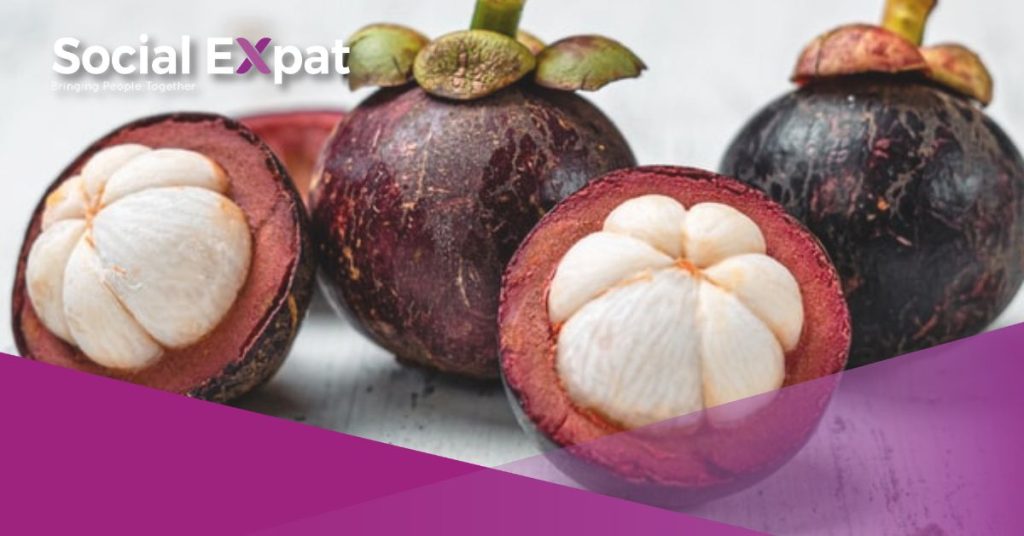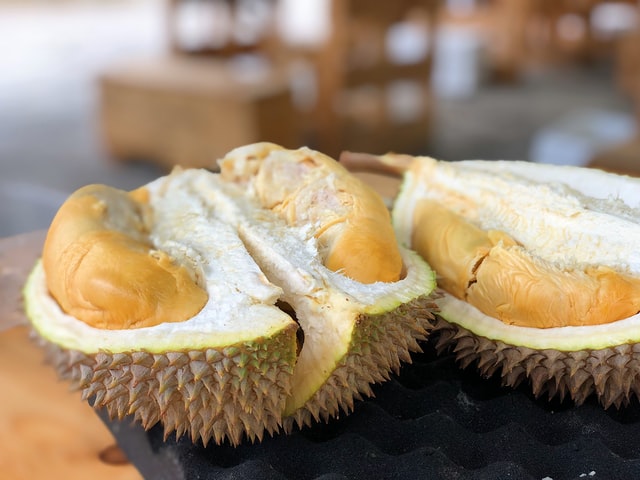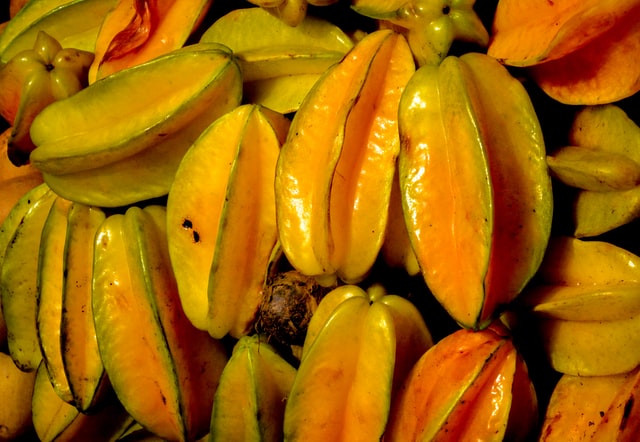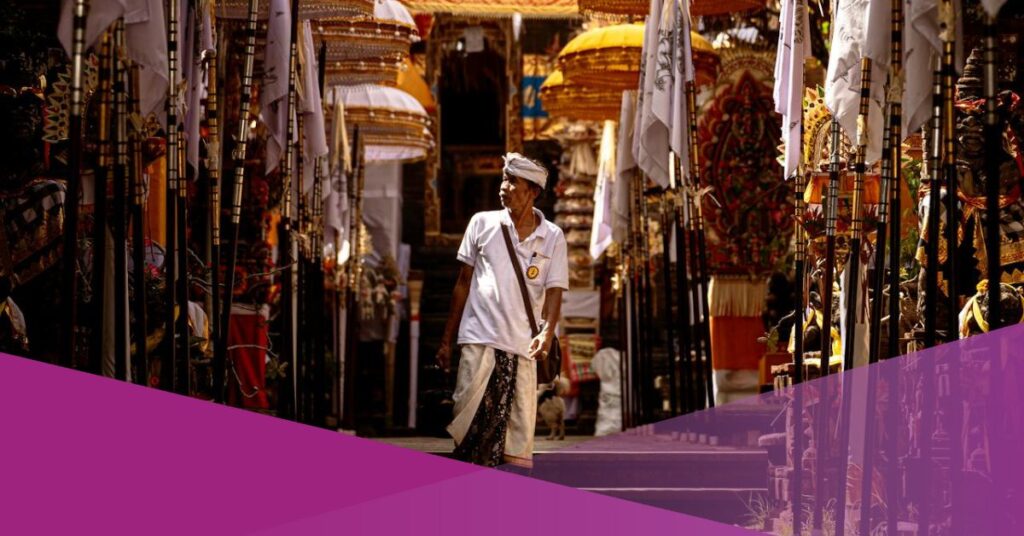Tropical Fruits in Indonesia You Should Try — As a tropical country, there are tropical fruits in Indonesia that you couldn’t find anywhere else but here! There are only two seasons in Indonesia, which are wet and dry seasons. But the locals have added seasons according to some tropical fruits harvesting. It’s easy to get fruits in Indonesia as an apple a day keeps a doctor away!
Tropical Fruits in Indonesia
Most fruits are affordable and very common in markets when it’s their season, so make sure to try these fruits during your stay in Indonesia.
Mangosteen (Manggis)
Mangosteen is purple or black color fruit with a green stem right on the outside. But on the inside is a white pulpy fruit that tastes sweet when it’s ripe. You can eat it as it is but you can add it to your fruit salad for additional sweetness. You don’t need a knife to open this fruit, just make a small dent with your thumb and twist the fruit to open. You’ll be able to find mangosteen in local supermarket or fruit market from December to March.
Snake Fruit (Salak)
This fruit is known as such because its skin looks like that of a snake’s. It grows from a type of palm tree called Salacca or Zalaca and is usually available in the market from February to March. Salak can often be crunchy, and sweet and some might be dry or moist. To open the fruit, simply peel off the skin by pinching the tip of the fruit.
Dukuh (Langsat)
Dukuh has light brown skin with opaque meat which makes its black seed in the middle visible. When it’s not ripe, they taste sour but when it’s ripe, it gives off a mildly sweet taste. You can snack on Dukuh as a healthier alternative but be careful not to accidentally swallow the seed in the middle. You can find Dukuh around January to March in the stores or markets.
Durian
The King of Fruits is among the common fruits you’ll find in markets around October to February. If you want to save yourself from trouble peeling the fruit by yourself, some supermarkets have them peeled for you. Durian is known for its strong odorous smell with soft and sweet meat inside. Also, durians are prohibited on airplanes so make sure you consume them before going to the airport!
Rambutan
The name rambutan comes from how the fruit looks from the outside, hairy. The meat has a juicy jelly-like texture, close to lychee and tastes sweet. You tend to find rambutans around September to April in branches. They are closely related to lychee and longan so, if you like sweet fruits, rambutan could be your new favourite fruit.
Soursop (Sirsak)
As the name suggests, soursop tends to be sour with a subtle sweet taste. Soursop tends to be soft and juicy, sometimes blend with ice for a refreshing juice. It’s high in antioxidants and vitamins, you’ll see soursops sold in the market around June to September. Its seeds are poisonous so make sure not to eat them.
Starfruit (Belimbing)
Starfruit, also known as Carambola, is native to Indonesia and some other ASEAN countries. It’s yellow when ripe and green when it’s unripe, a star-shaped fruit with a sweet and sour flavour. You can cut it up and eat it as it is or add it to your fruit salad or maybe add it to your Asian or Indian-style curry for an extra unique flavour. You can find the peak of its harvest from August to September.
Have you tried any of these fruits before? What’s your favourite fruit during your stay in Indonesia? Curious about seeing more of what Indonesia has to offer? Visit here for more guides and facts!




































